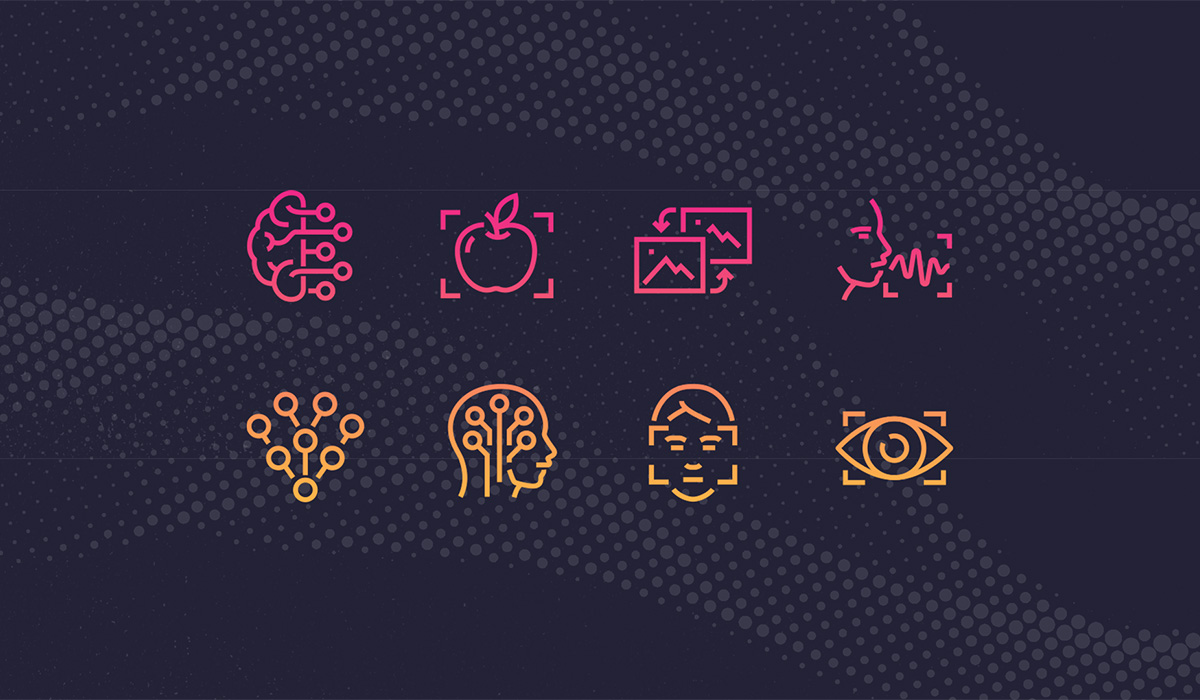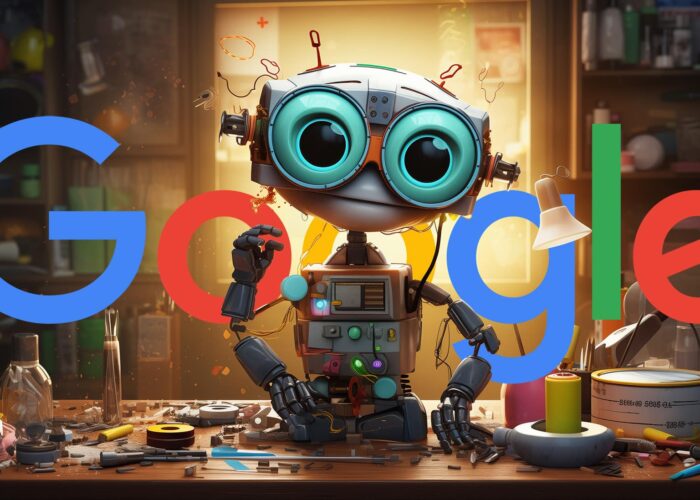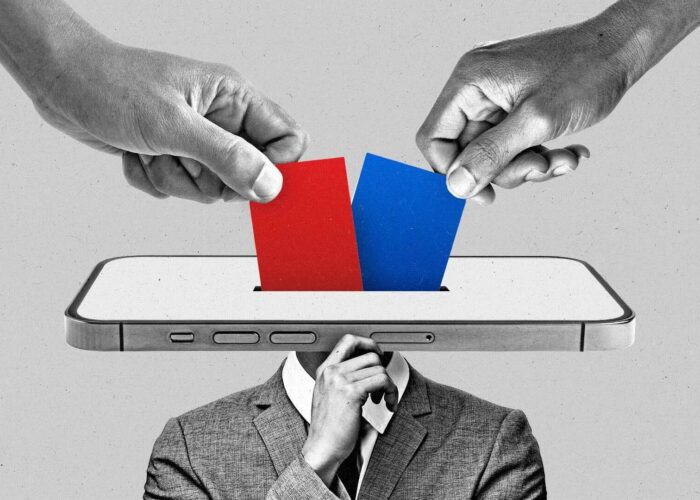The battle for consumer attention is more intense than ever. The sheer volume of content, ads, and information vying for space on our screens (and in our brains) can feel overwhelming, both for audiences and the brands trying to reach them. To cut through this noise, brands must adopt smarter, more efficient strategies, and that’s where artificial intelligence (AI), data science, and predictive targeting come into play. These technologies aren’t just tools—they’re game-changers, revolutionizing the way companies approach marketing and audience engagement. From crafting hyper-personalized campaigns to predicting consumer behavior with uncanny accuracy, AI and data-driven insights empower brands to deliver the right message to the right audience at the right time, transforming digital media into a precision instrument for success. As the digital landscape continues to evolve, these technologies are not just shaping strategies — they are setting entirely new standards for what’s possible in marketing. Let’s explore how they’re making it happen.
The Age of Data and the Rise of AI
The digital era is defined by data. Every click, swipe, purchase, and interaction generates an enormous amount of information. But this data is only valuable if businesses can analyze and act upon it. AI, powered by sophisticated algorithms and machine learning models, allows companies to sift through massive datasets, uncover patterns, and derive actionable insights.
AI’s role in digital media is profound. It automates mundane tasks, enhances creativity, and optimizes campaign performance. Coupled with data science, which focuses on analyzing and interpreting data, AI empowers brands to go beyond traditional marketing tactics and adopt a data-driven approach. Here’s an overview of the practical examples that brands should implement to drive successful growth.
Understanding Predictive Targeting
Predictive targeting is an application of AI and data science that uses historical and real-time data to forecast consumer behavior. By analyzing past actions, predictive models can anticipate future actions, enabling brands to target users with tailored messages and offers. For example, e-commerce platforms use predictive targeting to recommend products based on a customer’s browsing history, purchase patterns, and preferences. Similarly, streaming services like Netflix and Spotify leverage predictive algorithms to suggest movies, shows, and music that align with a user’s tastes. In the context of digital media strategies, predictive targeting ensures that marketing campaigns are not only personalized but also efficient, reducing wasted ad spend and boosting return on investment (ROI).
AI in Content Creation and Curation
One of the most visible impacts of AI in digital media strategies is its role in content creation and curation. AI-powered tools can generate high-quality content, from blog posts to video scripts, in a fraction of the time it takes humans.
For instance:
- Content Generation: Platforms like OpenAI’s GPT models (the underlying tech behind tools like ChatGPT) can write compelling ad copy, generate blog posts, or even create entire marketing campaigns.
- Content Personalization: AI algorithms can customize content based on user preferences, demographics, and behavior.
- Content Curation: News aggregators and content platforms use AI to curate personalized feeds, ensuring users see the most relevant articles, videos, and posts.
These advancements enable brands to maintain a steady stream of engaging content while freeing up teams to focus on high-level strategy.
Enhanced Audience Segmentation with Data Science
Traditional audience segmentation relied on broad categories like age, gender, or location. While effective to a degree, such segmentation often fails to capture the nuances of individual consumer behavior. Data science has changed the game, enabling hyper-segmentation and micro-targeting.
With the help of data science, marketers can create detailed audience personas based on:
- Behavioral Data: Actions users take on websites or apps.
- Demographic Data: Age, income, education, and other attributes.
- Psychographic Data: Interests, values, and lifestyles.
- Geographic Data: Location-based targeting.
By combining these data points, brands can craft highly targeted campaigns that resonate deeply with specific audience segments.
Programmatic Advertising: A Game-Changer in Digital Media
Programmatic advertising is the automated buying and selling of digital ad space. It uses AI and data-driven insights to target the right audience at the right time, optimizing ad placement in real time.
Key benefits of programmatic advertising include:
- Real-Time Bidding: Advertisers bid for ad space in milliseconds, ensuring cost-efficiency.
- Dynamic Ad Personalization: AI dynamically adjusts ad content based on user behavior and preferences.
- Improved ROI: By targeting only relevant audiences, programmatic advertising minimizes ad spend wastage.
According to recent studies, programmatic advertising now accounts for a significant portion of digital ad spending globally, underscoring its importance in modern digital media strategies.
Predictive Analytics: From Insights to Action
Predictive analytics uses statistical algorithms and machine learning techniques to forecast future outcomes. In digital media, this means anticipating trends, consumer behavior, and campaign performance.
Applications of predictive analytics in digital marketing include:
- Customer Lifetime Value (CLV) Prediction: Identifying which customers are most likely to stay loyal and spend more.
- Churn Analysis: Recognizing signs of customer disengagement and implementing retention strategies.
- Optimal Timing: Determining the best time to send emails, launch campaigns, or post on social media.
- Trend Forecasting: Staying ahead of emerging trends in consumer behavior or market preferences.
By harnessing predictive analytics, brands can move from reactive to proactive marketing, ensuring they stay ahead of the competition.
AI-Powered Chatbots and Virtual Assistants
Customer engagement is a critical component of digital media strategies, and AI-powered chatbots are playing a pivotal role in enhancing it. These virtual assistants provide instant, 24/7 support, answering queries, resolving issues, and guiding users through their journey.
Key advantages of AI chatbots include:
- Scalability: Handling thousands of customer interactions simultaneously.
- Personalization: Tailoring responses based on user data and context.
- Cost-Effectiveness: Reducing the need for large customer support teams.
Popular examples include e-commerce chatbots that assist with product recommendations and AI-driven customer support tools like Zendesk or Drift.
Social Media Optimization with AI and Predictive Targeting
Social media platforms generate vast amounts of user data, making them ideal playgrounds for AI and predictive targeting. By analyzing this data, brands can optimize their social media strategies (both organic and paid) to maximize engagement and reach.
Applications include:
- Ad Targeting: Predictive algorithms ensure ads are shown to users most likely to engage or convert.
- Content Scheduling: AI tools analyze user activity to determine optimal posting times.
- Sentiment Analysis: Monitoring social media conversations to gauge public sentiment about a brand or campaign.
- Influencer Identification: Identifying influencers whose audience aligns with the brand’s target demographic.
These insights enable brands to create more impactful social media campaigns, driving higher engagement and ROI.
Ethical Considerations in AI-Driven Strategies
As with any transformative technology, the use of AI and data-driven strategies raises ethical questions. Issues such as data privacy, algorithmic bias, and transparency are critical considerations for brands.
To address these concerns, brands must:
- Adopt Transparent Practices: Clearly communicate how data is collected and used.
- Ensure Fairness: Regularly audit algorithms to detect and eliminate biases.
- Comply with Regulations: Adhere to data protection laws like GDPR and CCPA.
- Respect Consumer Privacy: Prioritize user consent and anonymize data wherever possible.
By embedding ethical practices into their AI-driven strategies, brands can build trust with consumers while leveraging the full potential of these technologies.
The Future of AI, Data Science, and Predictive Targeting in Digital Media
The future of digital media strategies is undeniably intertwined with AI, data science, and predictive targeting. As these technologies continue to advance, we can expect:
- Deeper Personalization: Hyper-personalized experiences tailored to individual preferences.
- Augmented Creativity: AI tools that enhance human creativity, from content creation to design.
- Voice and Visual Search: AI-driven search tools that revolutionize how consumers discover products and information.
- Omnichannel Integration: Seamless integration of marketing efforts across multiple channels, powered by predictive insights.
Ultimately, businesses that embrace these technologies will be better positioned to adapt to changing consumer expectations and market dynamics.
AI, data science, and predictive targeting are not just reshaping digital media strategies — they are redefining the entire marketing landscape. By harnessing these tools, brands can create more personalized, efficient, and impactful campaigns, ensuring they remain competitive in an increasingly digital world. As the technologies continue to evolve, the possibilities are endless. The challenge for brands is not just to adopt these tools but to do so responsibly, ensuring they deliver value to consumers while maintaining ethical standards. The future of digital media is here, and it’s powered by intelligence — artificial and otherwise.



